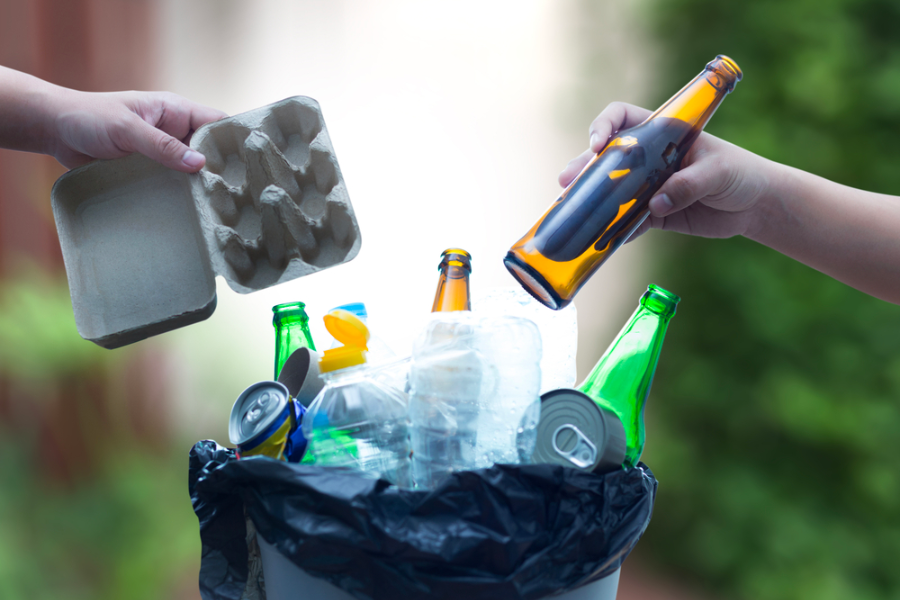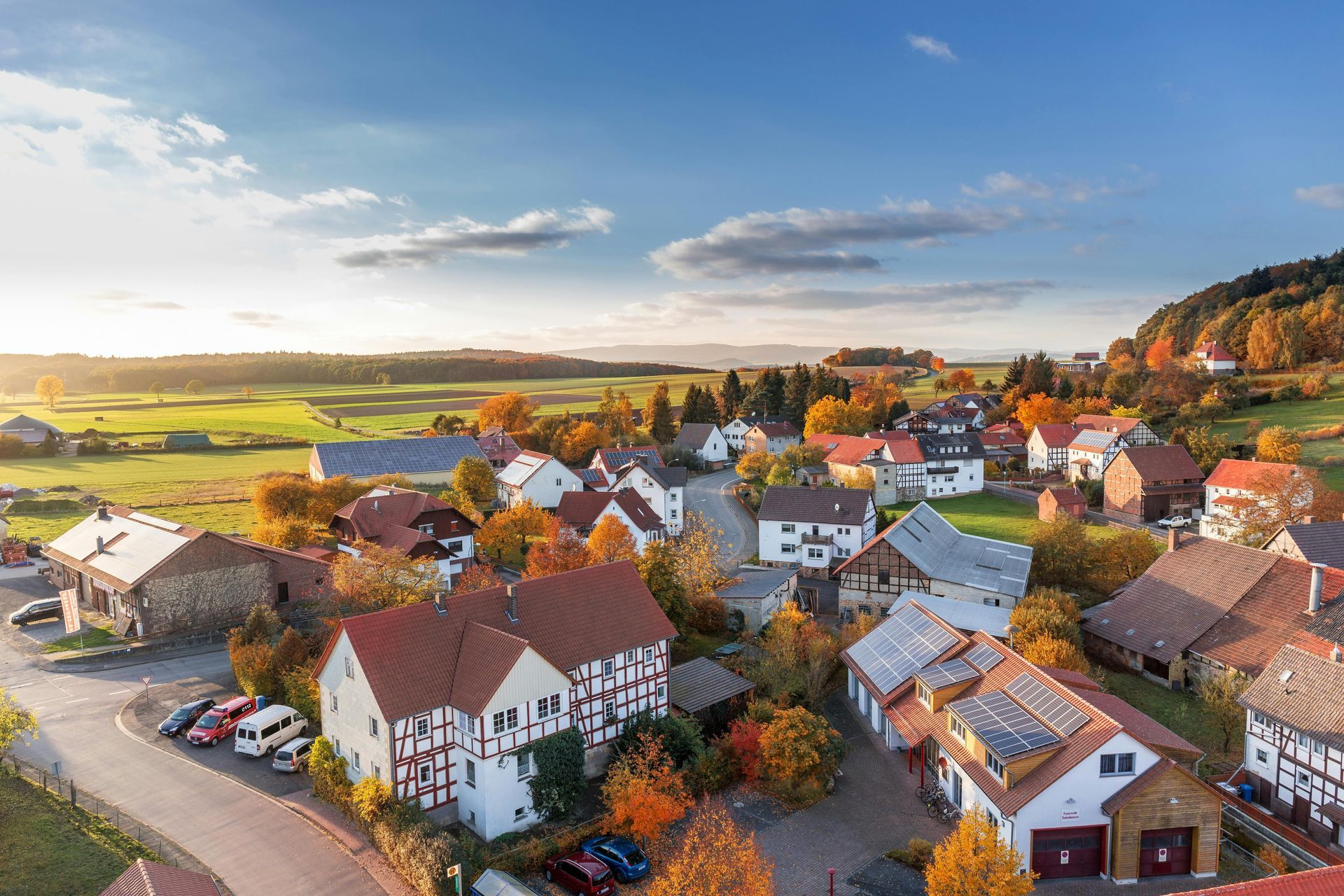World Bank Warns of Massive Increase in Global Waste
December 18, 2018
As with most upper-middle- and high-income countries, the United States enjoys nearly universal waste collection. And while those of us in the recycling industries rightly fret about lagging recycling rates, at least one-third of waste in the US and other high-income countries is recovered through recycling or composting.
Now compare that to the situation faced by citizens of low-income countries. There, over 90% of waste is openly dumped or burned. “Landslides of waste dumps have buried homes and people under piles of waste,” the World Bank states. “And it is the poorest who often live near waste dumps and power their city’s recycling system through waste picking, leaving them susceptible to serious health repercussions.”
The World Bank’s latest report on global waste, entitled What a Waste 2.0: A Global Snapshot of Solid Waste Management to 2050, is available as a free download on the international financial institution’s website. It’s the third such report from the bank, dating back to 1999; thus, the reporters’ expertise can be discerned throughout the report’s 400 pages. It is an important read for all who seek to raise the success levels of sustainable materials management.
Considering the gravity of the Intergovernmental Panel on Climate Change’s (IPCC) most recent report on limiting global temperature increases, it is important to note the World Bank’s conclusion on the effect of waste on climate change. “An estimated 1.6 billion tons of carbon dioxide–equivalent (CO2-equivalent) greenhouse gas emissions were generated from solid waste management in 2016,” the report states. “This is about five percent of global emissions. Without improvements in the sector, solid waste–related emissions are anticipated to increase to 2.6 billion tons of CO2-equivalent by 2050.”
Fortunately, sustainable materials management—of which recycling is a critically important part—has the effect of “conserving resources, reducing waste, slowing climate change and minimizing the environmental impacts of the materials we use,” according to a 2016 EPA assessment. The World Bank report suggests that sustainable management practices—which, in addition to recycling and composting, include waste-to-energy incineration and sanitary landfills—are being codified and regulated in an increasing number of regions of the world.
“In more advanced cases of waste governance,” the report finds, “national governments may develop a five- to ten-year national strategy that details the current waste situation in the country and sets targets for the sector about recycling, financial sustainability, citizen awareness, promotion of a green economy, reduction of greenhouse gases, and rehabilitation of contaminated sites.”
While low-income countries continue to struggle to find resources to support more sustainable approaches (a struggle that the World Bank itself often addresses through its financial assistance programs), even basic improvements in waste management systems can reduce greenhouse gas emissions by 25 percent or more. And, the report declares, “there is a growing trend toward improving recycling and disposing of waste in controlled or sanitary landfills” in low-income countries.
Seventeen case studies in the report detail successful materials management products throughout the globe, from zero-waste efforts in San Francisco to organics management in Burkina Faso. While never retreating from a legitimate sense of urgency, the report includes enough successes to inspire most stakeholders.
The World Bank includes the following recommendations to readers of its report:
- Providing financing to countries most in need, especially the fastest growing countries, to develop state-of-the-art waste management systems.
- Supporting major waste producing countries to reduce consumption of plastics and marine litter through comprehensive waste reduction and recycling programs.
- Reducing food waste through consumer education, organics management, and coordinated food waste management programs.
“It is often the poorest in society who are adversely impacted by inadequate waste management,” World Bank Vice President Laura Tuck said. “Our resources need to be used and then reused continuously so that they don’t end up in landfills.”
By Robert Kropp
Share Post





